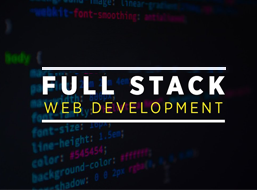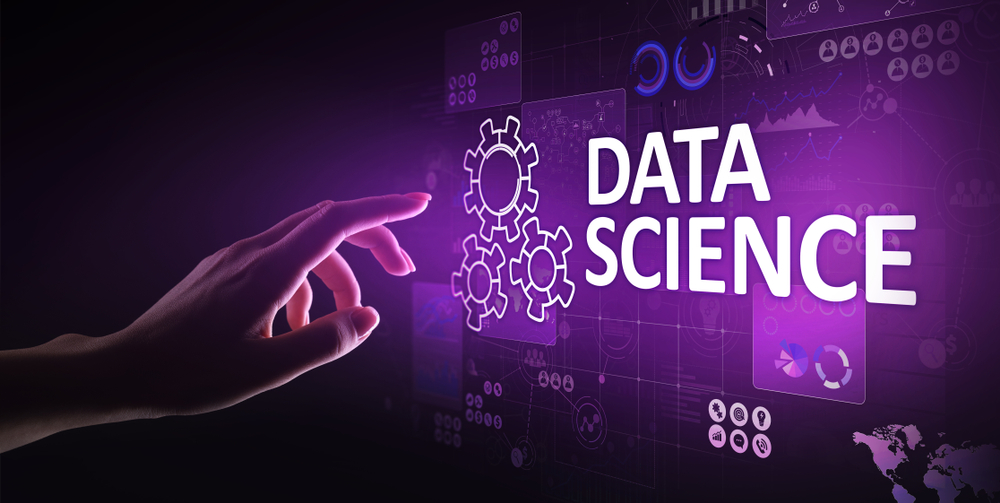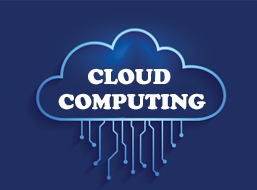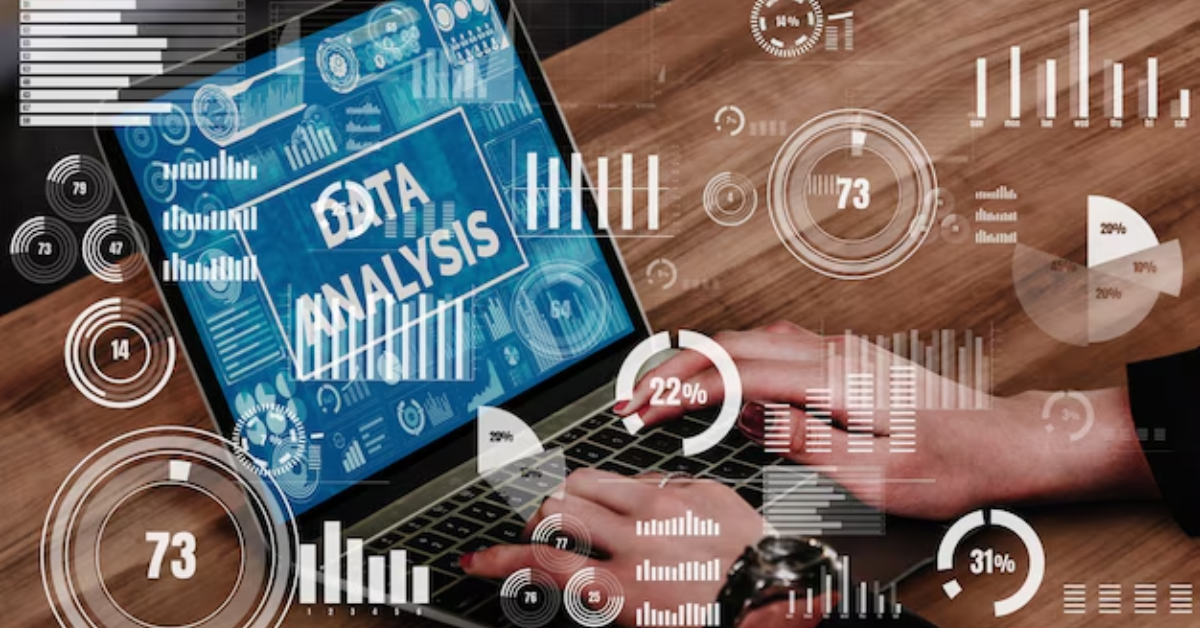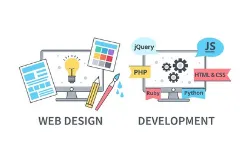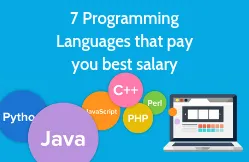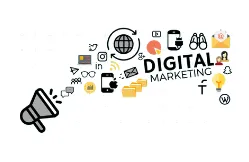Data Visualization Tools to Learn in 2025
Given the large amounts of data available in today’s information society, it is increasingly crucial to effectively and definitely represent a large number of values. Data visualization is used everywhere in our world today by Requirement analysts, managers, business developers, researchers, world decision-makers among others. Thus, learning perfect tools has become as important as acquiring the corresponding competencies that are becoming more relevant in the professional world.
Below is the list of some of the data visualization tools you need to learn, according to Apponix Technology, the foremost data analytics course providers of 2025.
1. Tableau: The Industry Leader
The unmatched functionality and the simplicity of use are the key reasons why Tableau is still popular among business people. It can work with multiple databases simultaneously, and the system’s GUI allows using planned data importing and export mechanisms, making the software both easy to use for novices and have numerous options to use for experts.
Key Features:
Interactive dashboards.
Real-time collaboration.
AI-powered insights.
Extensive community support.
Applications:
Business Intelligence (BI).
Market research.
Financial analysis.
Tableau is definitely on the list of tools that every data analyst should know in 2025 due to its capacity and usefulness for big data.
2. Microsoft Power BI: Perfect for Business Users
Microsoft Power BI is well suited for anyone who is using tools and applications from the Microsoft family. Because of its low cost and integration with Office 365, it is also ideal for SMBs.
Key Features:
Online platform for one way or two-way data dissemination.
Customizable visualizations.
Leveraging with the Azure platform and SQL Server.
Applications:
Business monitoring.
Performance tracking.
Customer behavior analysis.
Since businesses around the world are incorporating Power BI in their analysis, mastering this tool can be quite a career enhancer.
3. Google Looker Studio (Formerly Data Studio): A Free Yet Powerful Option
Google Looker Studio is free to use and is an excellent tool for building explorable and sharable dashboards. The one with Google is very compatible with other Google applications such as Google Analytics, Google Sheets, and Google BigQuery.
Key Features:
Custom reporting templates.
There are connectors already built-in for now several platforms.
Options for collaboration and modeling the sharing of information.
Applications:
Digital marketing.
Website performance tracking.
E-commerce analytics.
4. Python Visualization Libraries: The Tech Enthusiast’s Choice
Python continues to be on the limelight in data analytics due to the ML capability and strong libraries like Matplotlib, Seaborn, and Plotly. These libraries help the developers design highly customizable visualizations.
Key Features:
Open-source and free to use.
Extensive library support.
Applications:
Data science projects.
Visualization of various machine learning models.
Academic research.
If you are serious about exploring the subject of data science and machine learning further, then learning Python’s visualization libraries is imperative.
5. R: But first, Some Basics For the Statistically Inclined
R is used commonly in statistical computings and found in the research areas and other fields, that has lots of data to cope with. The packages such as ggplot2 and shiny bring additional value to data visualization with R.
Key Features:
Sophisticated Prediction techniques.
Owing to flexibility, it is quite easy to create graphs and plots that suit individual needs.
Existence and enforcement of highly effective community and academic related support.
Applications:
Clinical trials.
Predictive modeling.
Statistical research.
Since it concerns a lot about statistics and flexibility when generating publication-ready visuals, researchers and analysts prefer R.
6. D3.js: The Developer’s Delight
When it comes to flexibility, web developers and technophile professionals cannot afford to bypass D3.js (Data-Driven Documents). This programming language is used to make the dynamically generated web applications that include visual displays.
Key Features:
Highly customizable.
Open-source.
Adheres with the current web standards.
Applications:
Web-site internet site that consists of interactive dashboards.
Data storytelling.
Custom projects that are related to data visualization.
Though, D3.js requires more time to comprehend owing to its complex code, it still provides an unparalleled way of customized dynamic display of data.
7. QlikView and Qlik Sense: End-to-End Analytics
Qlik solutions, therefore, encompass coverage in data consolidation, visualization and analysis. QlikView is more of guided analysis application while Qlik Sense offers more of self-service application.
Key Features:
- Associative data engine.
- AI and machine learning integration.
- Mobile-responsive dashboards.
Applications:
- Supply chain management.
- Sales performance analysis.
- Operations monitoring.
With businesses striving for more intuitive analytics platforms, Qlik tools are gaining popularity across industries.
At Apponix Technology, we understand the significance of staying ahead in the evolving world of data analytics. Our courses are designed to equip you with hands-on experience and the skills needed to master these tools. Whether you’re a beginner or looking to upgrade your existing expertise, our training programs can help you achieve your goals.
Web Designing and Developing | Machine Learning | Data Science
Cybersecurity |DevOps | Cloud Computing | Artificial Intelligence
